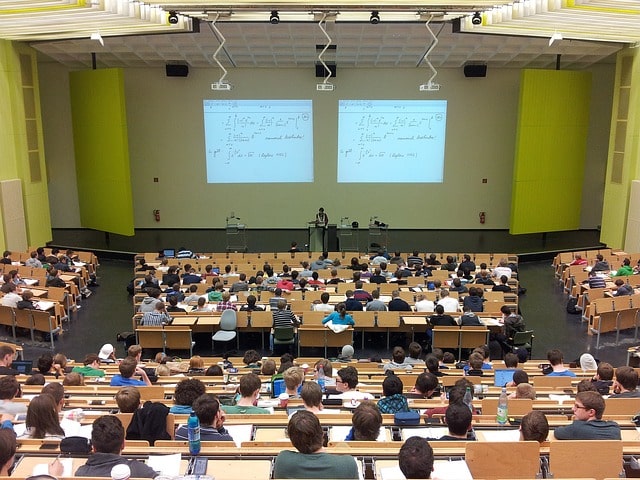
Didactic resources contribute to the development of an educational process.
A resource is something that is useful to fulfill an objective or that favors subsistence. Didactic , for its part, is an adjective that refers to training, training, instruction or teaching .
Teaching resources , therefore, are those materials or tools that are useful in an educational process . Using a teaching resource, an educator can teach a certain topic to his students.
Usefulness of teaching resources
This means that the teaching resources help the teacher to fulfill his educational function . At a general level, it can be said that these resources provide information , serve to put into practice what has been learned and, sometimes, even act as guides for students.
It is important to highlight that teaching resources not only facilitate the teacher's task , but also make the learning process more accessible for the student, since it allows the former to present knowledge in a closer, less abstract way.
An example
Suppose a teacher wants to teach high school students how harmful smoking is. To meet this objective, the teacher can use different teaching resources: he projects a film that shows the consequences of smoking on the protagonist, organizes a poster contest with the aim of students advising other young people on the subject, and leads a ex-smoker to give a talk to the class.
Teaching resources usually appeal to the creativity and motivation of the student. Continuing with the previous example, students will have to draw their own conclusions from the film, demonstrate their imagination when creating the poster and reflect on the life experience of the ex-smoker to take their example . The teaching-learning process, in this way, is more valuable with these resources than if only textbooks were used.

A class can be more entertaining and enriching if the teacher uses different teaching resources.
Some functions of teaching resources
* They provide the student with a series of data that improves or facilitates their learning process , since they allow them to feel identified with the topic or the characters involved;
* They provide the teacher with a structure on which to base and organize the concepts they wish to transmit to the student, something very useful to ensure that all the fundamental points are touched upon and that none of them takes up time that could be used in the others, making teaching more entertaining and easier to assimilate ;
* teaching resources are also ideal for exercising and developing the skills of each party, both those who teach and those who learn the concepts, since they invite reflection and self-evaluation;
* they motivate students to approach the content and push them to do something with it, after which a genuine interest is created that makes it difficult to interrupt the process and, therefore, the failure of the teaching staff;
* since reflection is one of the activities that usually emerges naturally from teaching resources, the teacher has the opportunity to evaluate the student from an unusual perspective during the rest of the work;
* They allow the student to express himself in a more spontaneous and free way , something that is not possible on other occasions when he must submit to a strict structure in which his answers can only be "correct" or "incorrect", with no room for the opinion.
How to choose them
To find the appropriate teaching resources it is necessary to be very clear about what we want to teach and organize the information in a clear and direct way. The materials must be attractive, since the key to success is found in the first contact with the student .
Furthermore, it is important to remember that they are a door to knowledge , a channel through which the individual must pass to access much more content than is present in the resources themselves.
